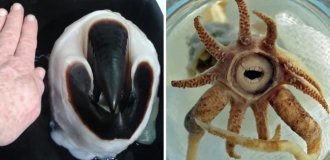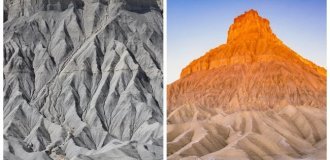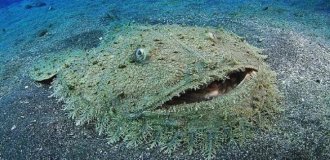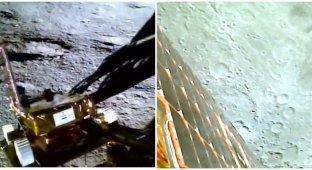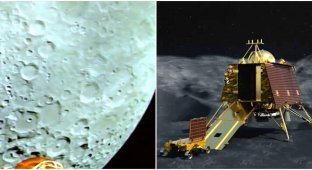Indian apparatus discovered useful resources on the surface of the moon (4 photos)
But the important element (hydrogen) has not yet been found. 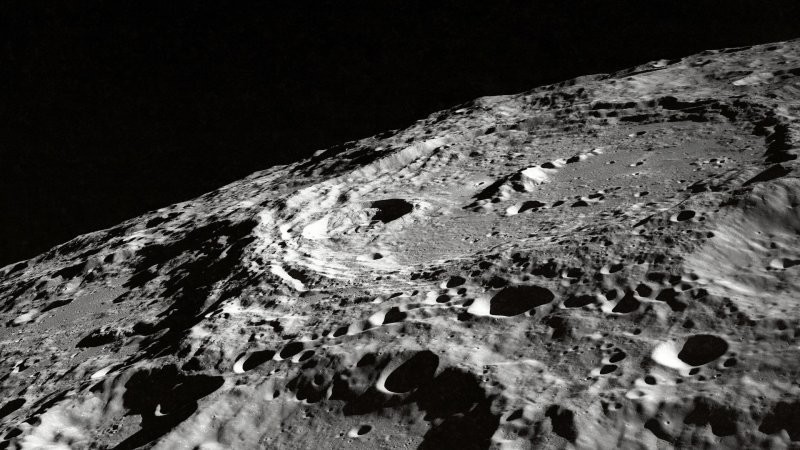
Indian lunar rover "Pragyan" for the first time in history produced measurements of the composition of the surface at the south pole of the moon and found sulfur and metals, according to the Indian Space Research Organization (ISRO).
"Instrument for laser-spark emission spectrometry on aboard the Chandrayaan-3 rover made the first measurements in history elemental composition of the lunar surface near the south pole. These measurements unequivocally confirm the presence of sulfur in the region, which was impossible to determine using the instruments on board the orbital devices…. Preliminary analyzes presented graphically revealed the presence of aluminum, sulfur, calcium, iron, chromium and titanium on surface of the moon. Further measurements revealed the presence of manganese, silicon and oxygen. Thorough research is being carried out on the presence of hydrogen," ISRO said in a statement. 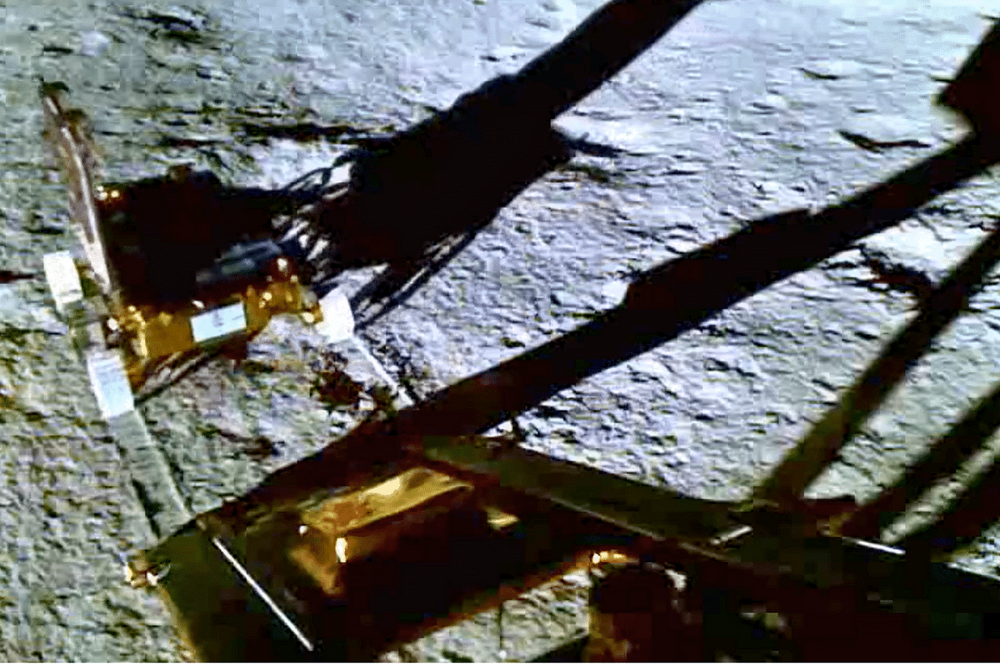
Laser-spark emission spectrometry is is the study of materials through the impact on them of intense laser pulse. It focuses on the surface of the rock or soil and creates plasma. Each element in the plasma state emits a characteristic only for him the wavelength of light.
However, the lunar rover has not yet managed to make the most long-awaited find, he has not yet discovered either frozen water or hydrogen, which are so necessary for a new round of lunar exploration. 
Also, "Pragyan" sent to Earth a photograph of the landing module "Vikram", under which several devices are visible. On the left is located probe for thermophysical studies of the lunar surface ChaSTE, which plunges into regolith to a depth of 10 cm and measures thermal conductivity soil. It was this device that provided data yesterday that surprised scientists. To the right under Vikram is an ILSA seismograph. 
Recall that the power reserve of the "Pragyan" is enough for one lunar day or 14 Earth days. On the surface of the moon, the rover is already about 5 days.





